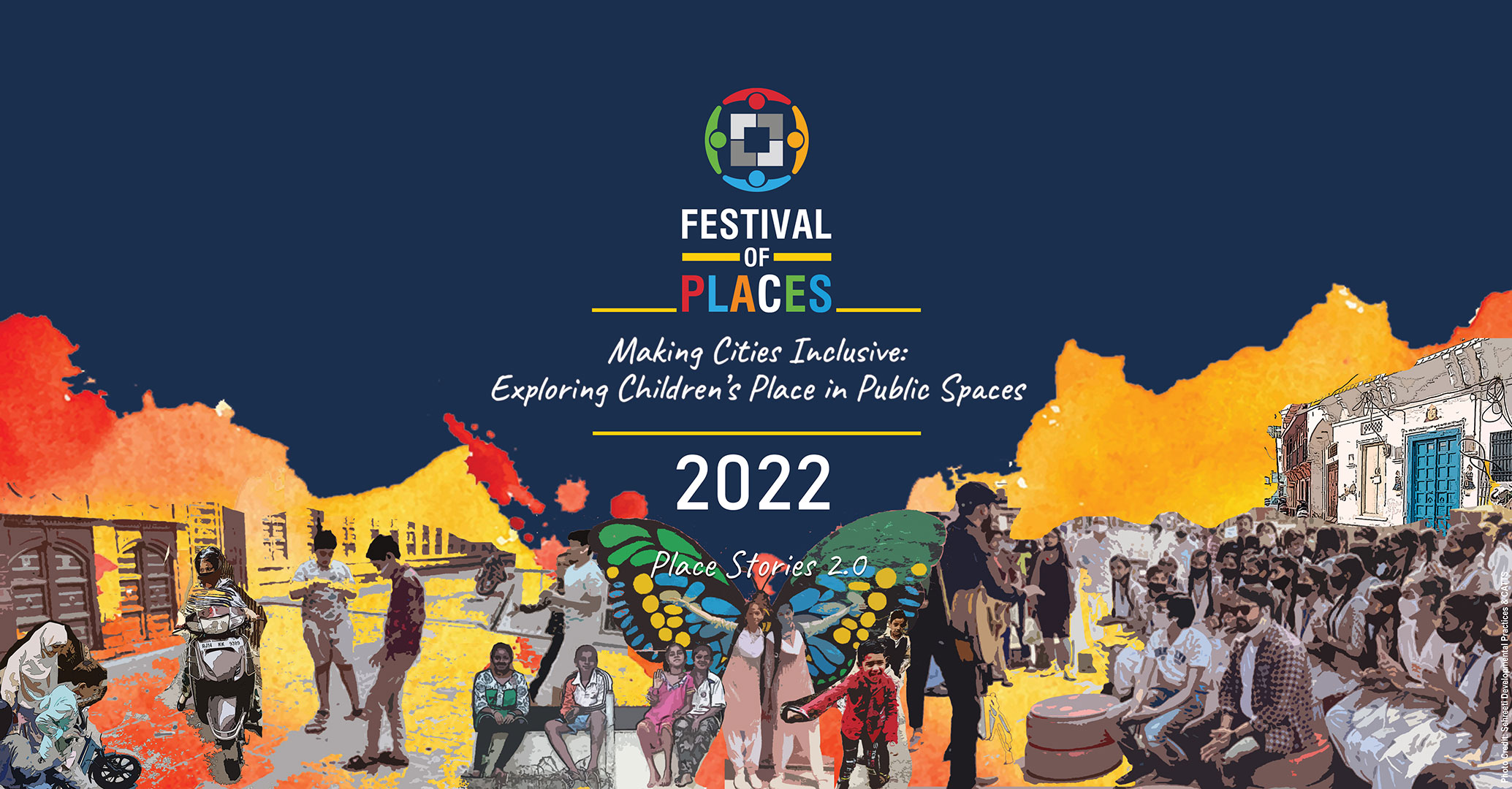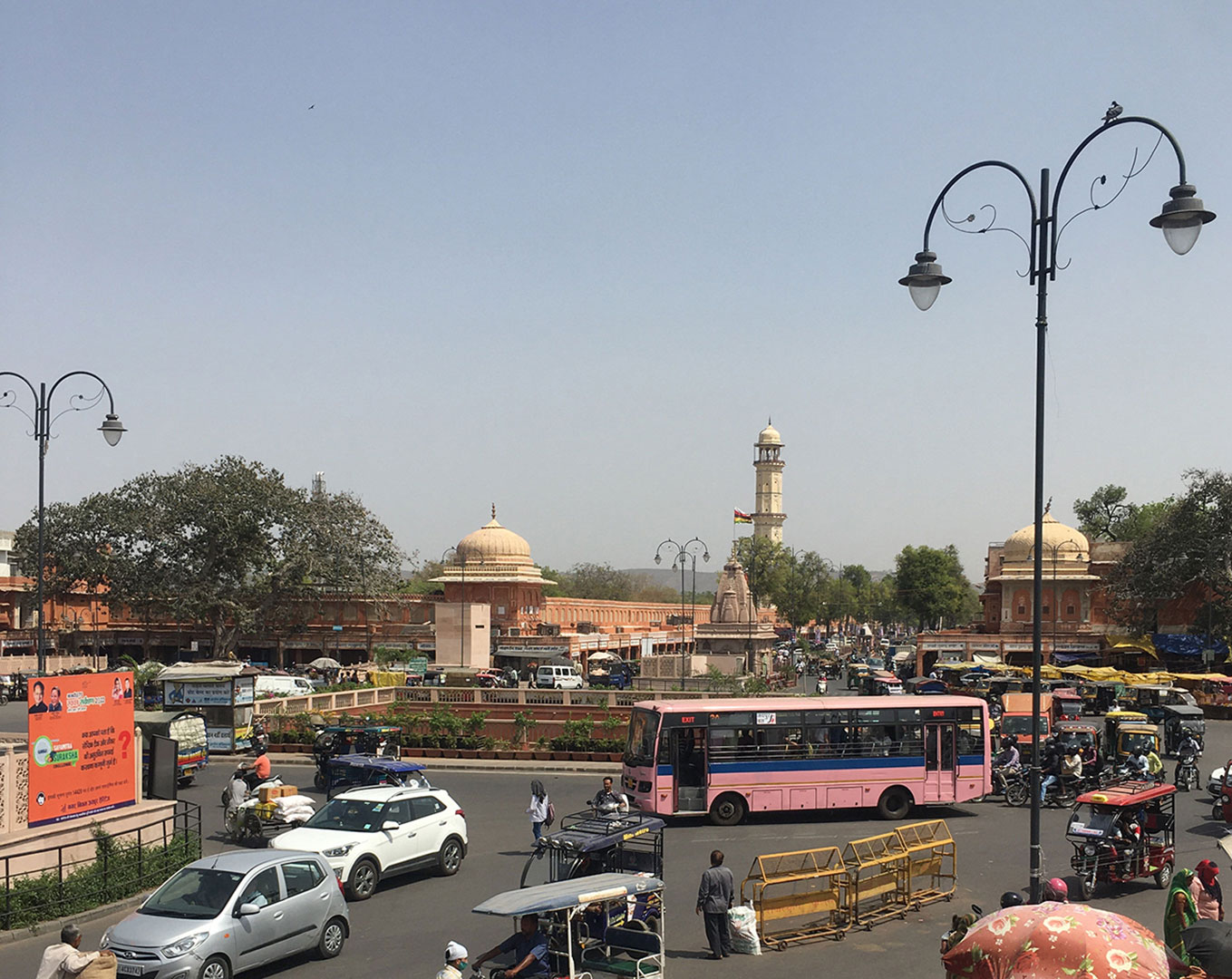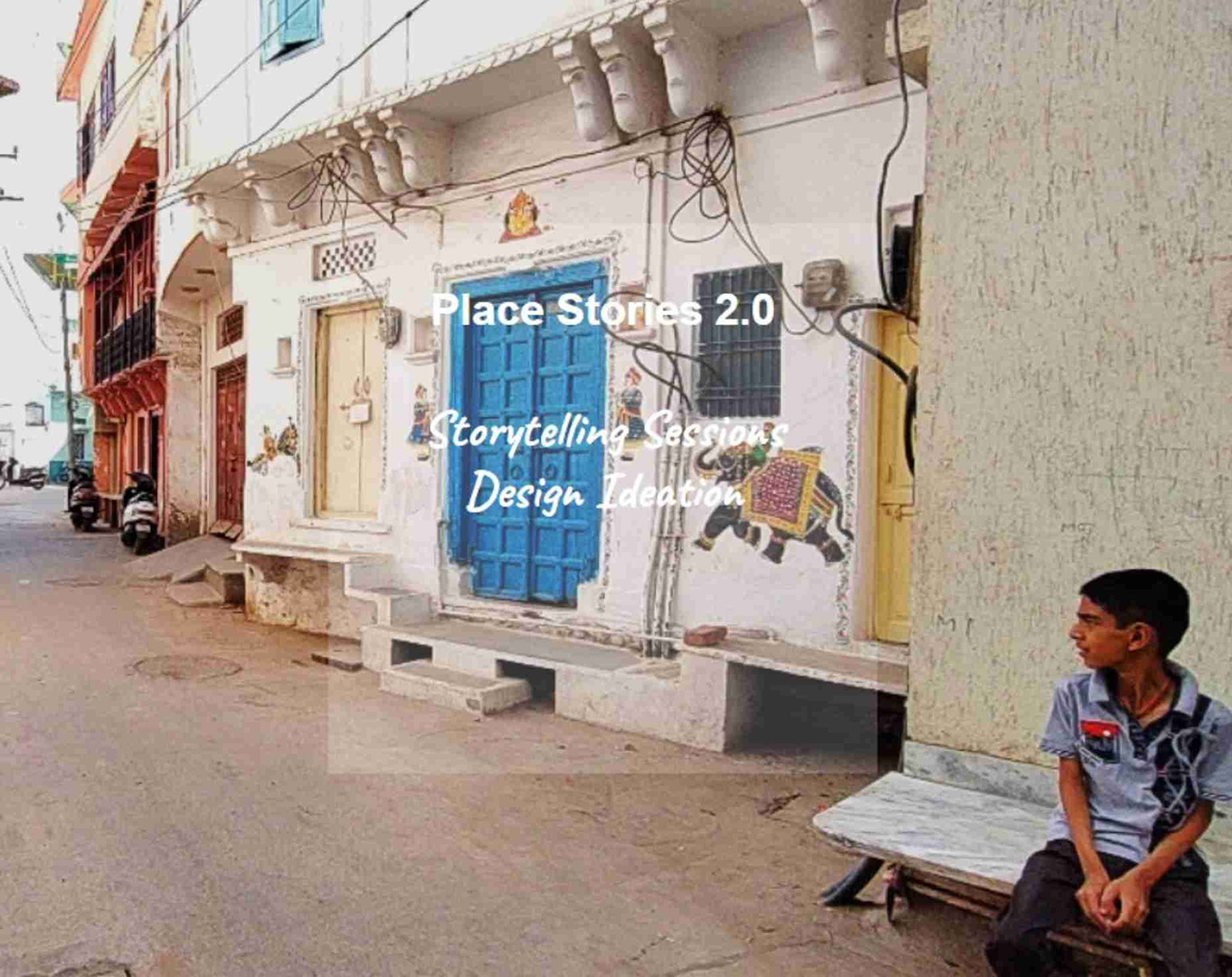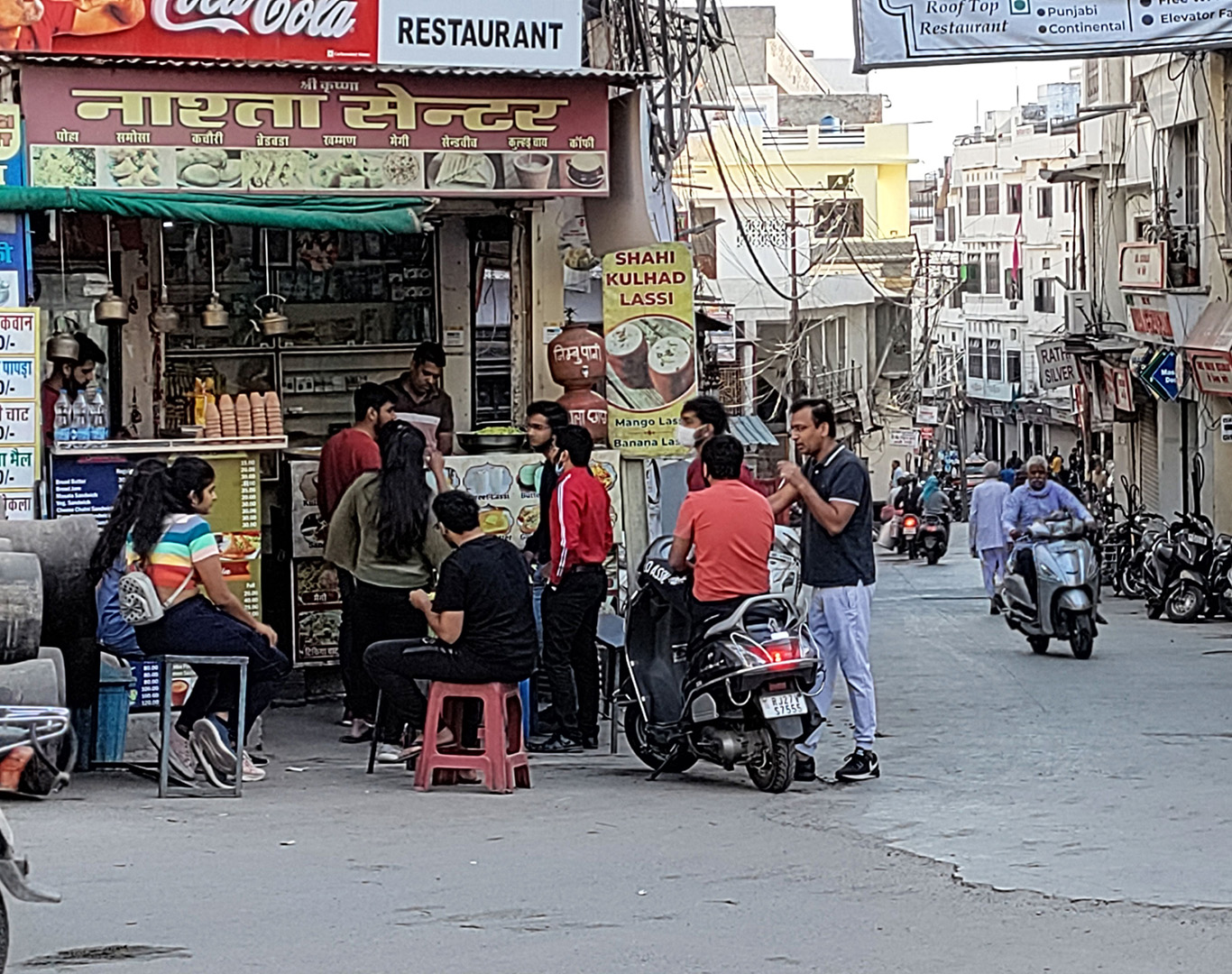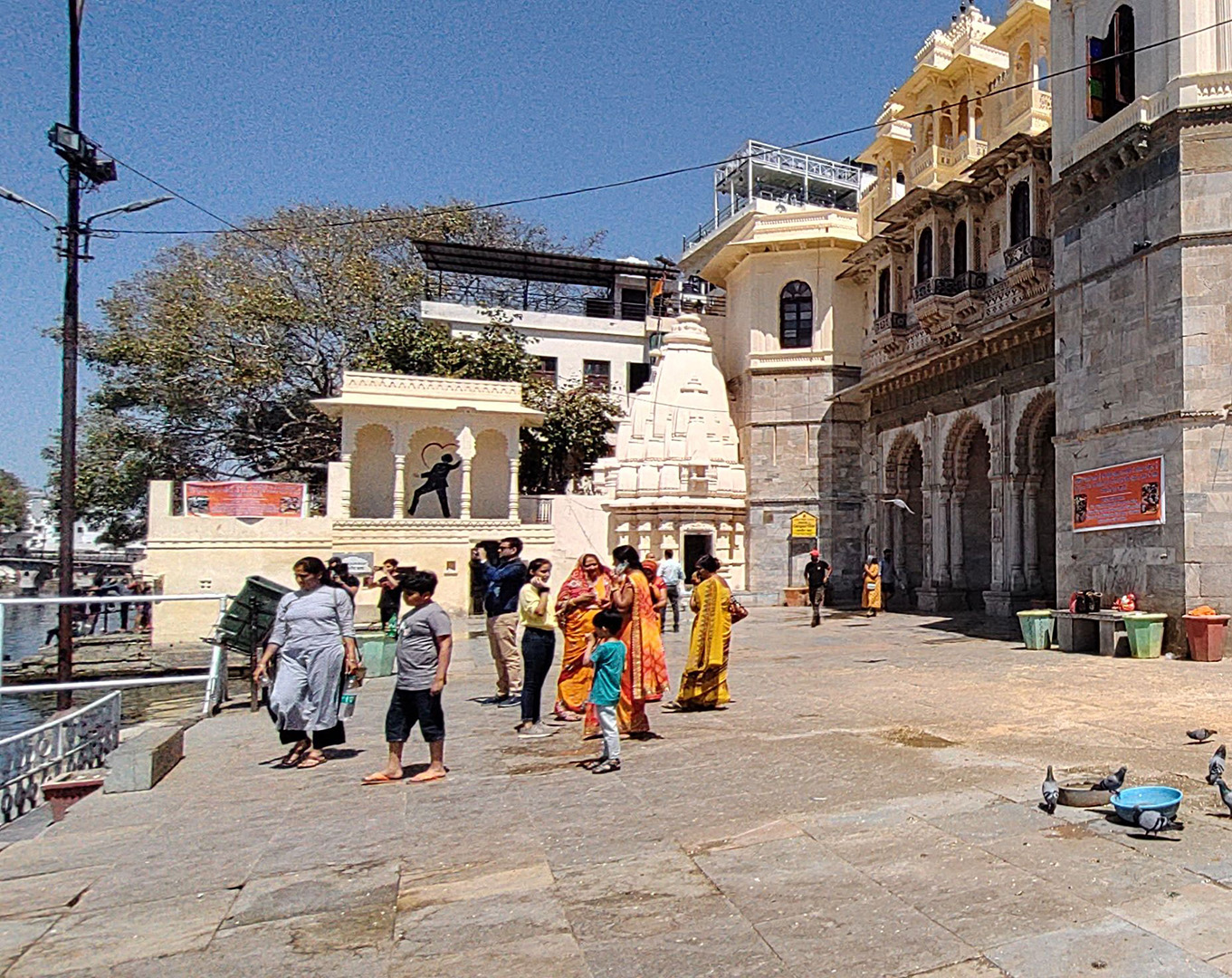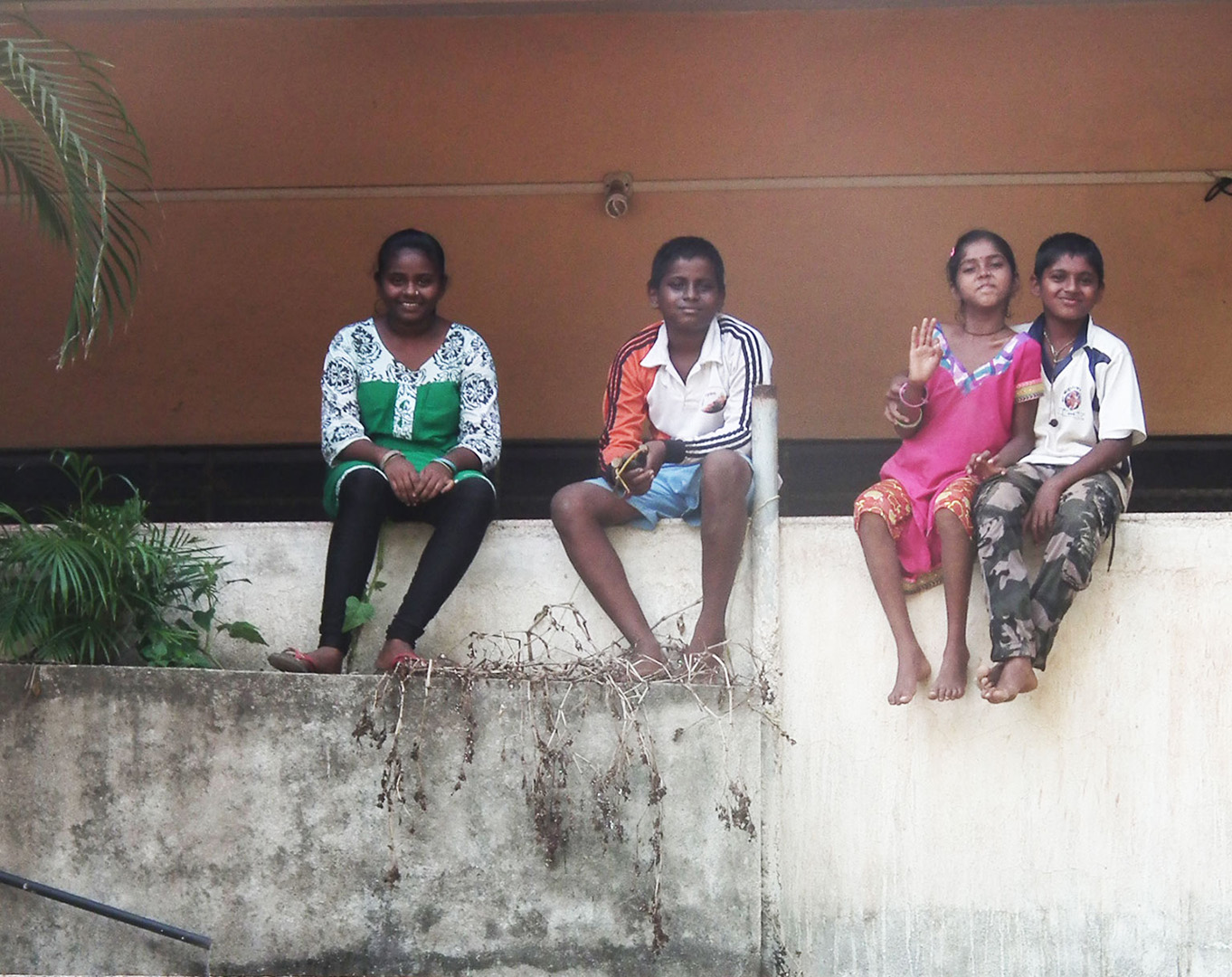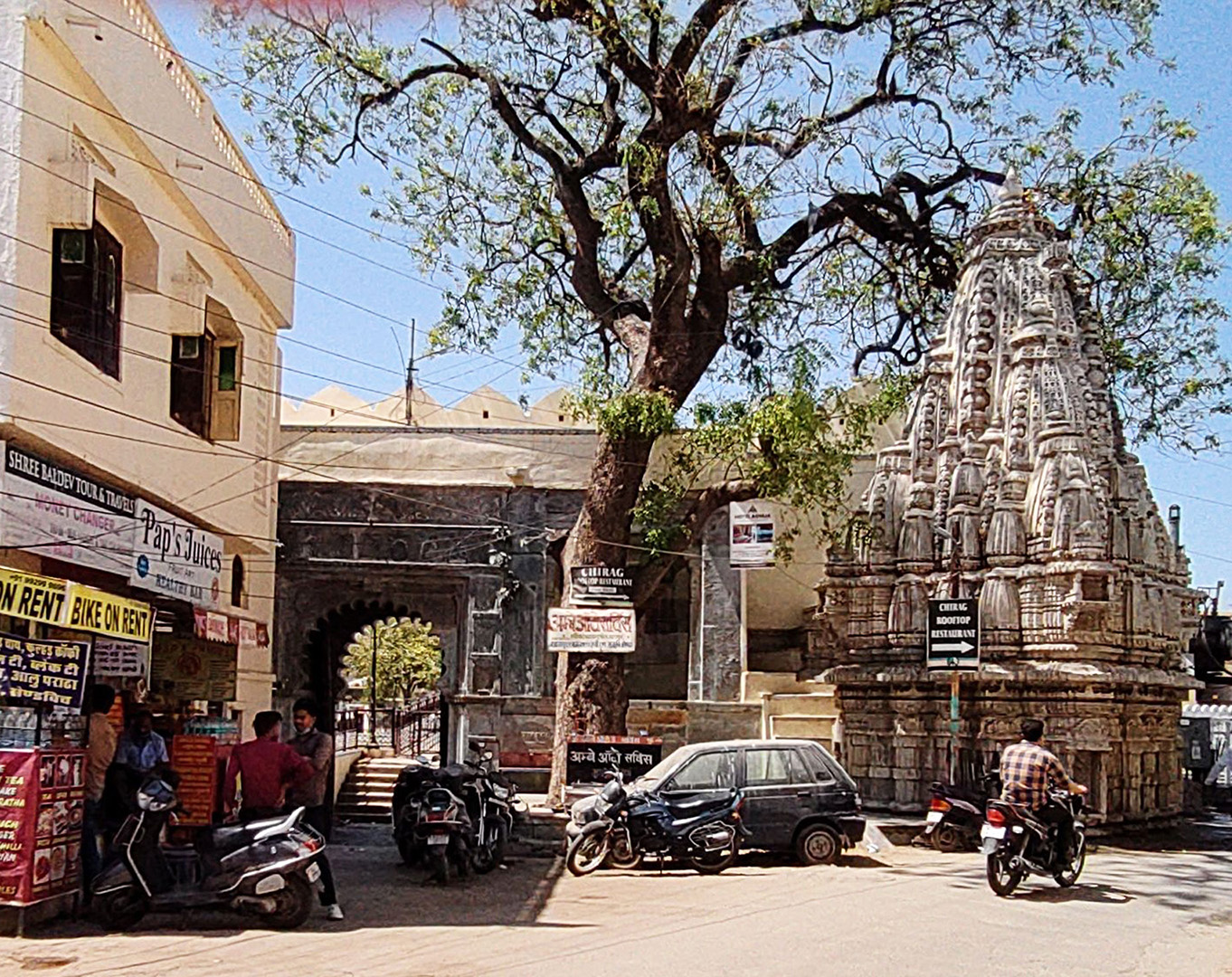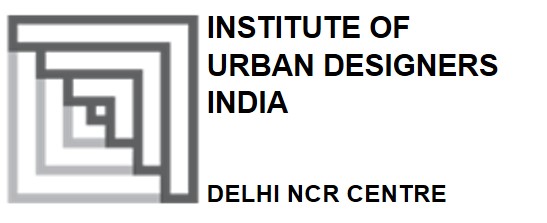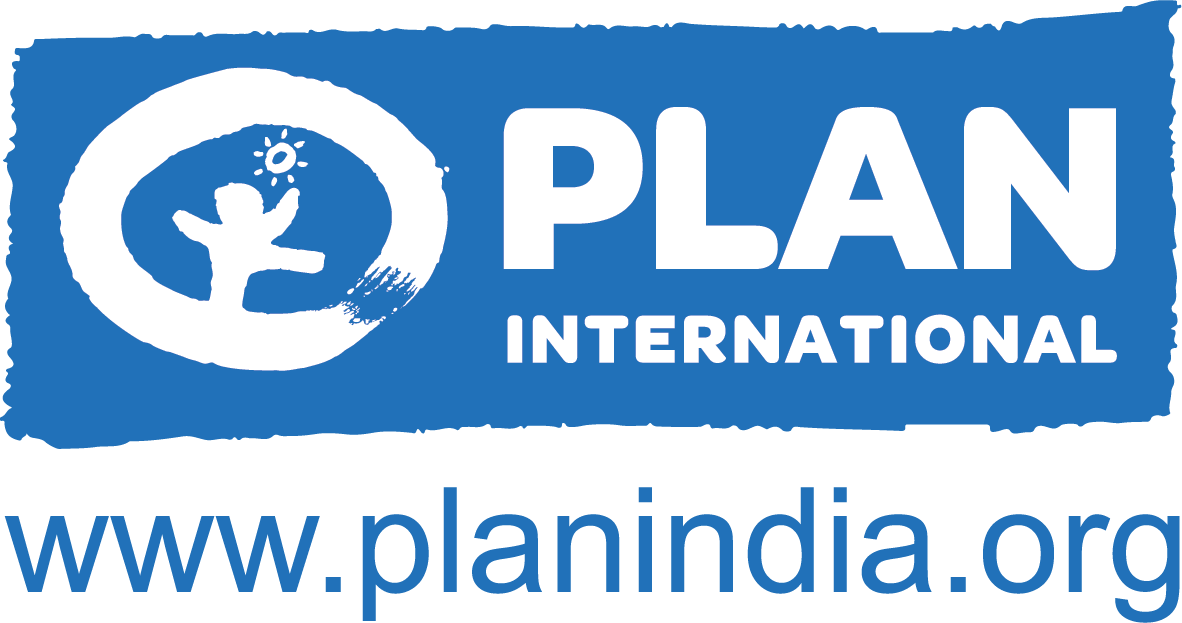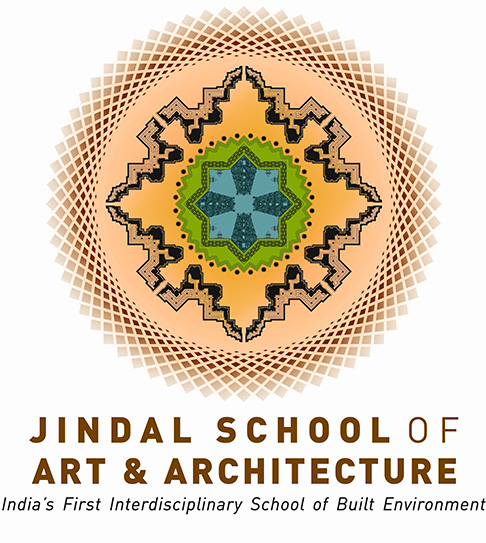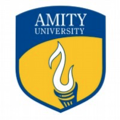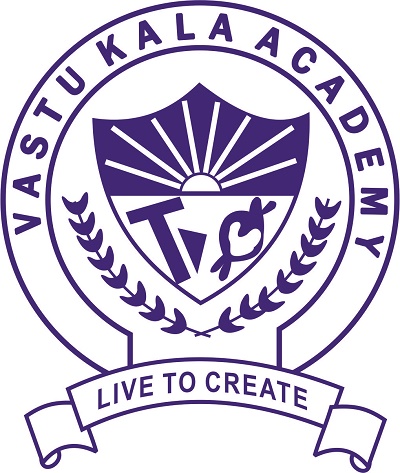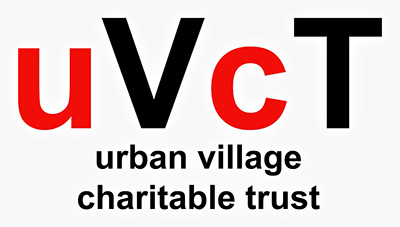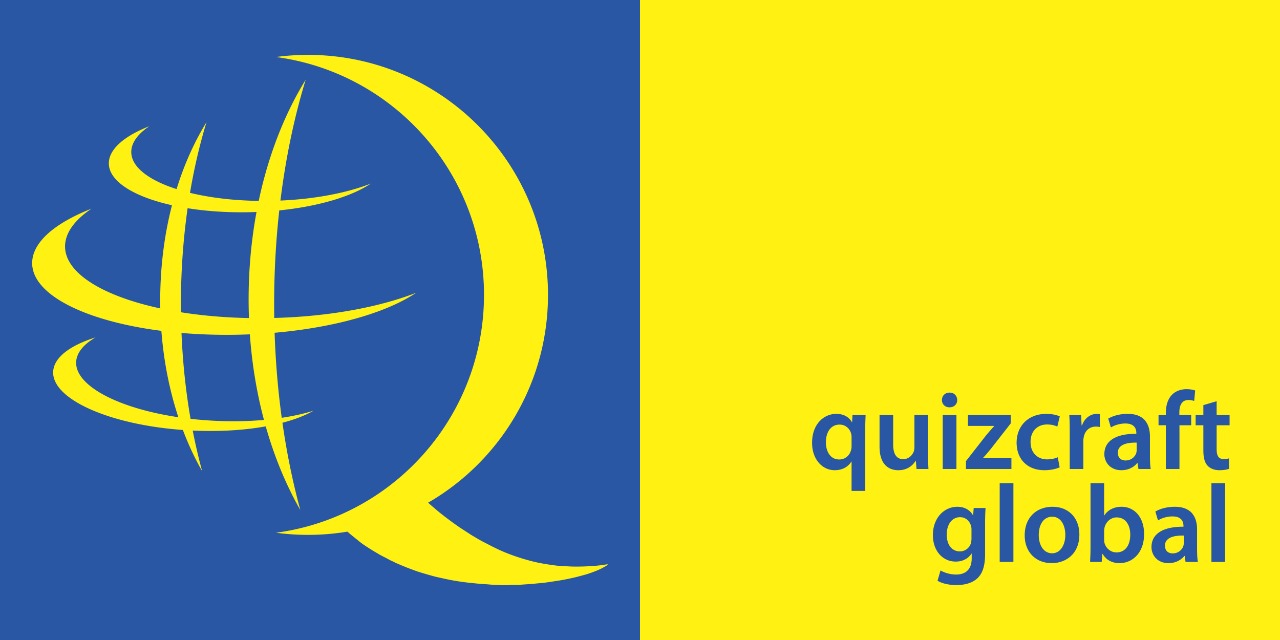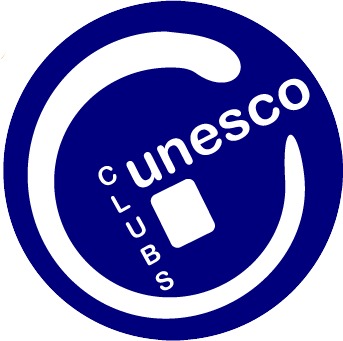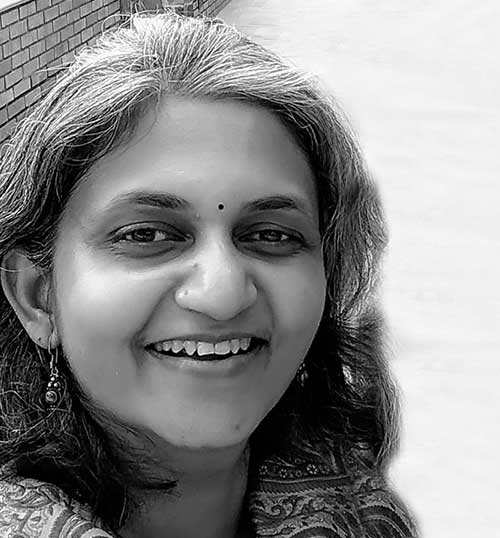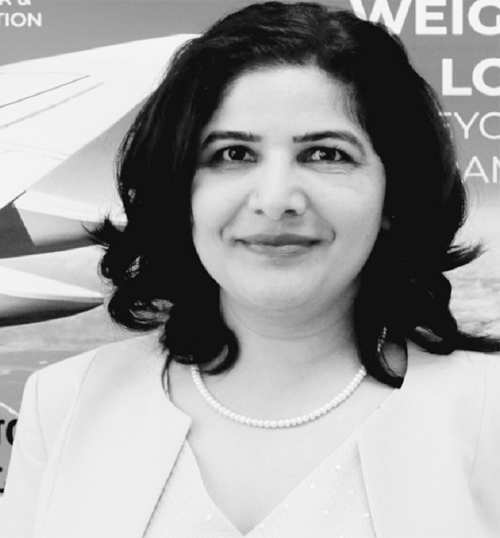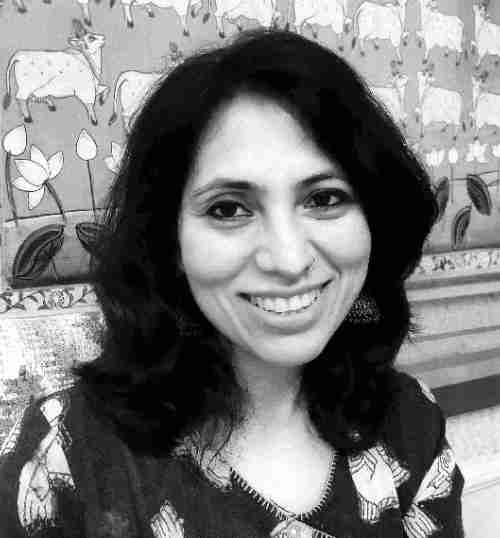With the partnership and support of various organizations and Corporates we aspire to build a community of people who value places and who believe in the power of creativity and collective vision for the future of our cities and towns.
If you partner with us and make a financial contribution to the Festival of Places you can help us bring about positive change in the public realm while we can facilitate you and your organization to achieve its Corporate Social Responsibility objectives.CATTS is a registered not-for-profit organization accredited to give Tax exemption under u/s 80G 5 (vi) of the Income Tax Act, 1961.
DONATE VIA CHEQUE
Send us your contribution in favour of
"Centre for Advancement of Traditional Building Technology & Skills", at the following address:
2396, Sector-D, Pocket-2, Vasant Kunj, NewDelhi-110070
